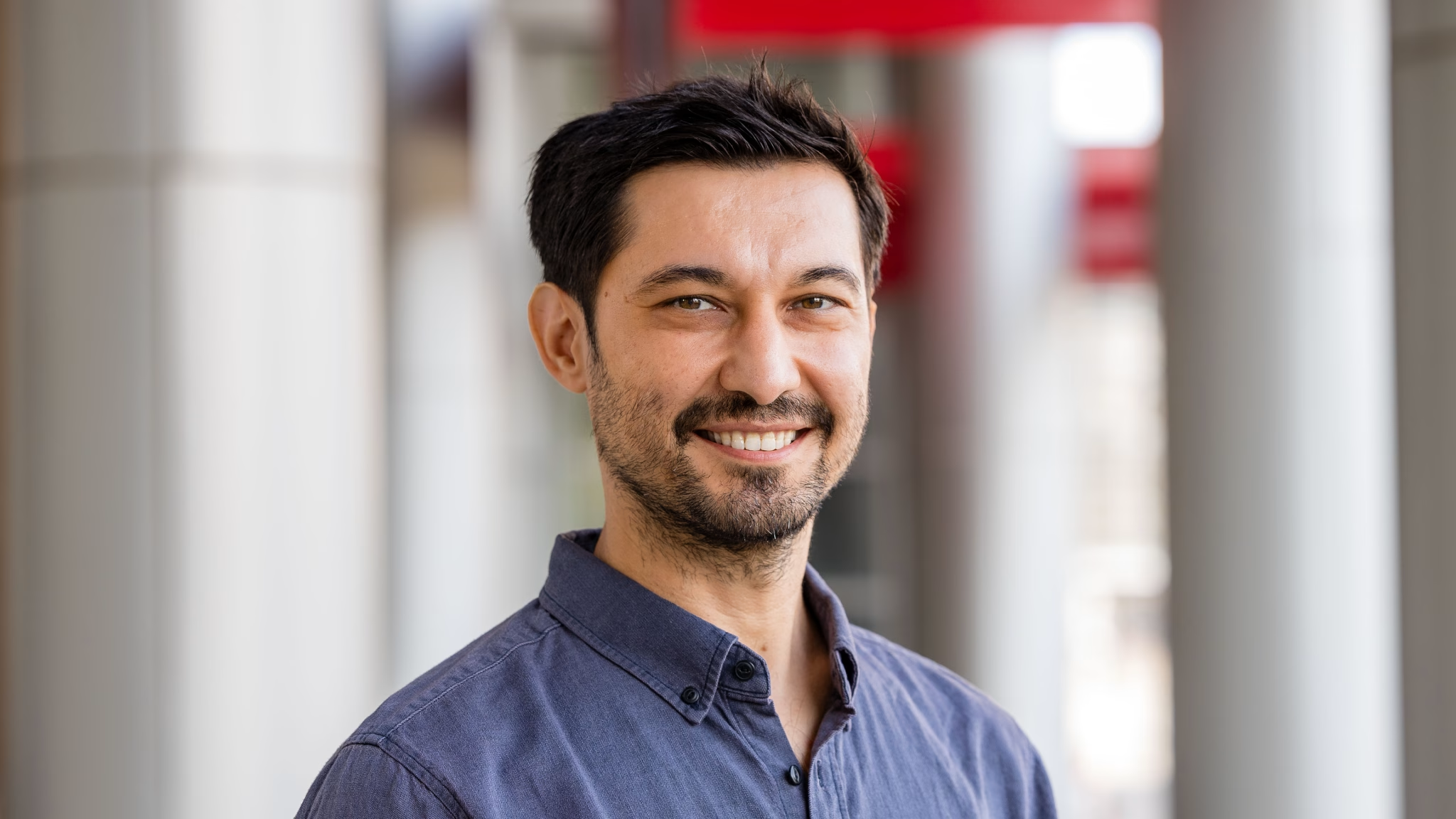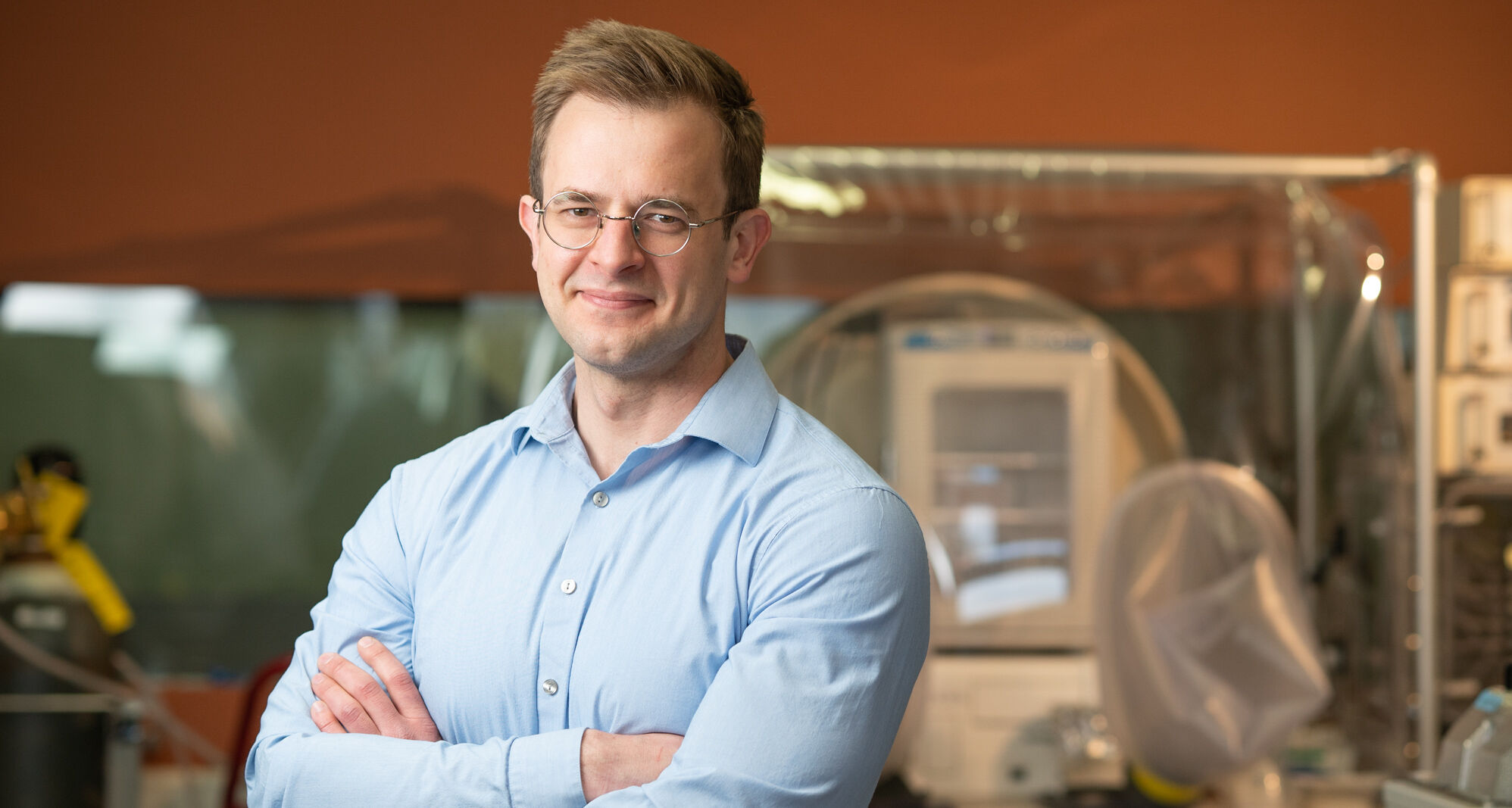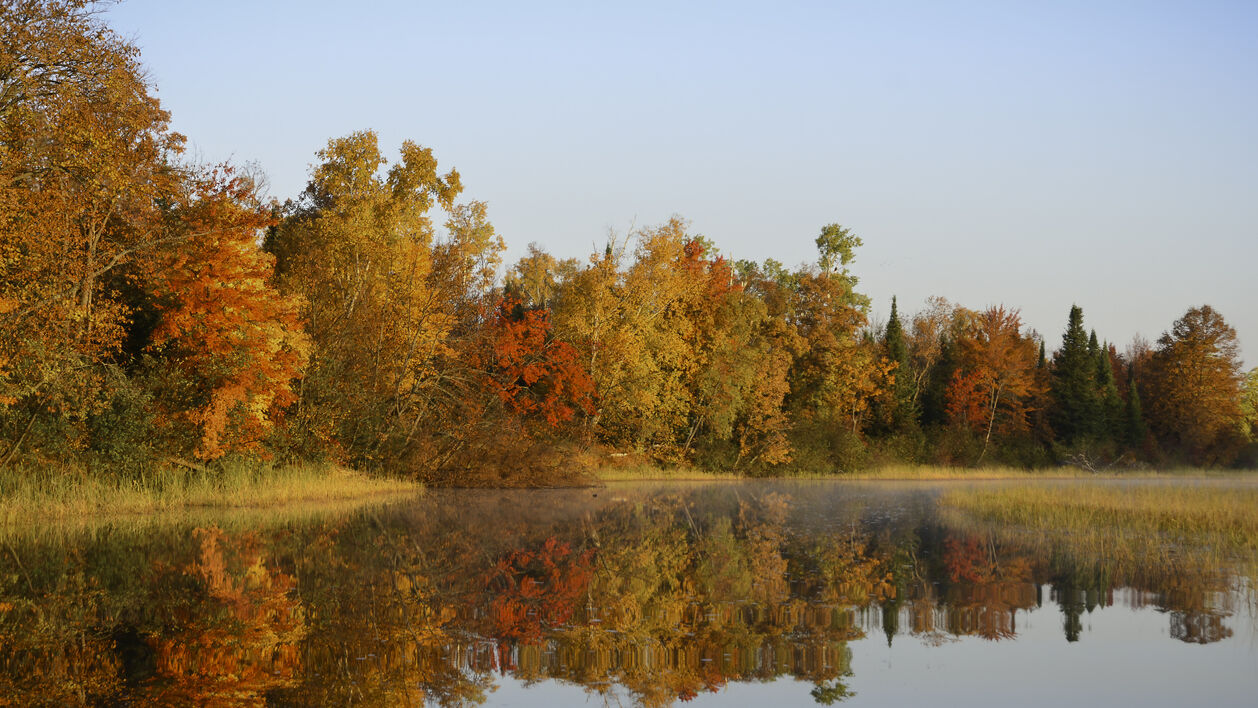Solís-Lemus Awarded Grant to Develop Statistical Theory for Soil Data
Assistant professor of plant pathology Claudia Solís-Lemus is a recipient of funding from the Department of Energy to develop statistical theory and tools for computational biology.
The soil beneath our feet is teeming with life. Thousands of species of microbes interact with one another and their environment to shape the biosphere with profound consequences for the characteristics of the soil and the plants that grow there. Understanding the microbial communities in soil is vital to understanding biological processes, managing soil and crop health, and studying environmental changes.
Advances in biological sciences have made it possible to collect large quantities of data about soil and microbes that offer a detailed picture of the communities and interactions in the soil, but the limits of current statistical methods make managing that data and extracting key insights a challenge. “Thanks to advances in genomic sequencing and other high-throughput technologies, we have been accumulating mountains of new data on biological systems,” says Chris Fall, Director of the Department of Energy’s Office of Science. “There is an increasing need for advanced computational tools to sort through this data and transform it into real knowledge.”

Claudia Solís-Lemus
One of the scientists developing such tools is WID’s Claudia Solís-Lemus, a computational biologist. Solís-Lemus identified a need among her biologist colleagues to find methods to connect soil microbiome data to plant phenotypes — characteristics like size, susceptibility to disease, root structures, and so on. The grant awarded by the Department of Energy will enable Solís-Lemus to develop new statistical techniques to bridge the gap, linking microbial interactions to phenotypes while taking into account the complexity of the data. Once those methods are developed, she will also produce an open-source statistical tool for other scientists to make sense of their data.
“They have a data set where they are measuring different microbiome structures for different plants, and they are measuring, [for example], disease susceptibility,” says Solís-Lemus. “These tools will allow people to identify what microbes are playing a role, and which interactions between microbes can predict the effects [on disease susceptibility or other phenotypes].”
Solís-Lemus’s two-year project is part of a $5 million program from the Department of Energy’s Office of Biological and Environmental Research.









